VIDEO: The Vortex — McCarthy was right!

TRANSCRIPT
I was talking with a priest friend the other night, and the discussion came up about various Vortex topics. He offered — correctly — that there are so many insane things going on in the Church, which then spill over into the culture, that there’s no shortage of things to talk about. That’s true.
While all of that can have the effect of depressing people because it just seems overwhelming, allow us to suggest another approach. This could be called the “Age of the Great Enlightenment,” as opposed to the phony, prior “Age of Enlightenment.” That Enlightenment, in short, was based on the false premise that religion was no longer needed and man was self-sufficient.
Entire philosophical schools arose around that foundational approach. In truth, there was nothing “enlightening” about it. In fact, like all things of the diabolical, it said one thing, but the reality was exactly the opposite. No, this current “Enlightenment” is something very different — 180 degrees different. Far from ignoring reality, this one is revealing reality — the depth of the corruption in the Church and the world.
It’s like a doctor opening up a patient complaining of some mild symptoms, only to find a huge, cancerous tumor strangling every organ. It’s a horrible thing to look at, but if the patient’s life is going to be saved, there is no choice but to stare headlong at the tumor and come to grips with what needs to be done.
Now granted, not everyone has the stomach to handle blood and gore. That’s fine — we’re all different. And looking at the massive diabolical tumor spreading throughout the Church and culture can be extremely off-putting.
But like it or not, this tumor must be looked at and understood, grasped, talked about, made known and attacked. Closing your eyes to the lies, corruption, abuse, theft, malfeasance, cowardice and so forth will not make it go away. In fact, it will only increase all that.
This is what President Trump has run headlong into in his attempt to “drain the swamp.” The swamp is a lot wider and deeper than even he realized — just like the “swamp” in the Church. But the Church swamp is deeper and darker than almost anyone wants to face.
But, what’s the alternative? To do nothing? To shoot the messenger? To behave as though all the information being surfaced is not real? We, as Catholics, have to own up to the reality that the Church and the culture have been infected with sweet poison and that poison is killing souls and civilization. That is the very top of the mountain — the big picture, the 60,000-foot view!
All the rest is merely detail, footnotes and fine distinctions. Back in the 1950s, a Catholic U.S. senator from Wisconsin, Joe McCarthy, deeply suspicious that Communist spies from the Soviet Union had penetrated various levels of the U.S. government, began a campaign to identify them. It was dubbed “the Red Scare” and resulted in congressional hearings, loads of testimony, etc.
Educational elites as well as Hollywood producers, directors and studio giants were among those labeled as “commies.” He accused the Democrats of 20 years of treason and said he had a list of over 200 names of people serving in the government who were Communist plants.
It was (eventually) the liberal media that began the derailing of McCarthy, specifically the famed CBS prima donna Edward R. Murrow, who, in 1954, began a series of reports hammering McCarthy. Back then, the media was actually trusted. Fast forward 35 years to the collapse of the old Soviet Union and the exposing of the KGB files. (The KGB was the secret police and spy agency of the former communist nation.)
It turns out, as revealed in those files, that a project called the “Venona Project” proved what McCarthy had been saying all along. The only thing he got wrong was the number of spies and subversives. He had undercounted them. There were far more than he had known about.
So look around today and ask yourself, “The educational elites, Hollywood, a large percentage of political leaders — are these people Marxists? Have they infected the institutions as part of a master strategy to destroy Western civilization?”
The answer is obvious, but the proposition is incomplete. It’s not just academia, Hollywood and Congress, but also the law schools, along with the courts and most especially, the media — and most importantly, the Church. McCarthy was right; he just didn’t go far enough.
A major aim of the Marxist subversion was not necessarily to co-opt the Church (although in many ways that has happened) but, at a minimum, just to neutralize it — take it out of the game. Mission accomplished.
Through a succession of unfaithful men — many sexually active homosexuals, or at least sympathetic and silent — the Church has become irrelevant in any modern-day calculus for the culture at large. The U.S. hierarchy is little else than a bunch of feckless, money-grabbing men either unaware of their own cowardice or complicit in the cultural destruction.
What’s left of the Church in the United States is little else than a small band — maybe a few million scattered about the country — who still live trying to be faithful to the Church’s teachings, with all the sacrifice that entails. They have been abandoned by their spiritual fathers, just as children have been abandoned by their biological fathers.
The only time the bishops (collectively) even give a nod to the faithful is when the annual fundraising campaign kicks in. They are exploited and de-formed and left to fend for themselves otherwise. They are exposed to the vilest of men (many in collars or miters) preaching spiritual poison wrapped up in nice-sounding platitudes like “We have a reasonable hope all men are saved,” or “God would never throw a soul into Hell,” or “God understands” — which is meant to convey, without actually saying it, not that God doesn’t understand your weakness or sin (which, of course, He does) but that He actually approves of it.
So back to the opening point: Why is it bad to understand that this is the lay of the land — that this is the tumor infecting the body and leading it to death? Yes, it’s horrible. It’s awful. It’s frightening. It’s scary. And … so what? That’s what evil is — all of the above and more.
McCarthy was right. But more importantly, Our Blessed Lord was right.
EDITORS NOTE: This Church Militant video is republished with permission. ©All rights reserved.


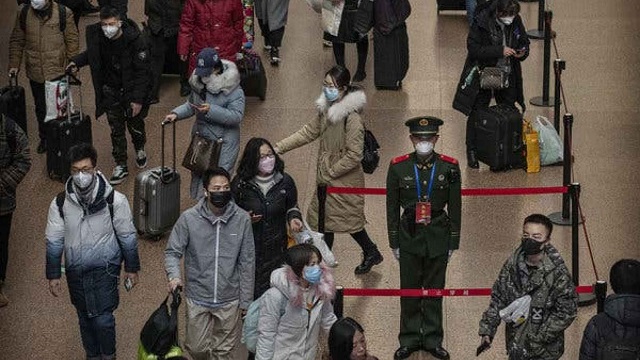
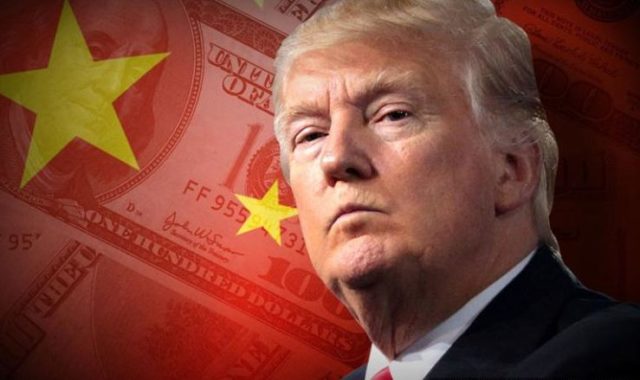

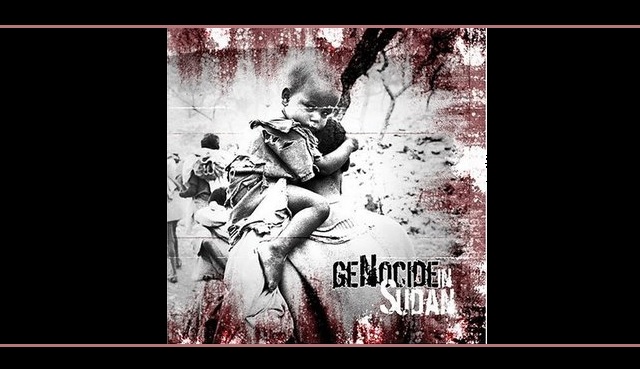


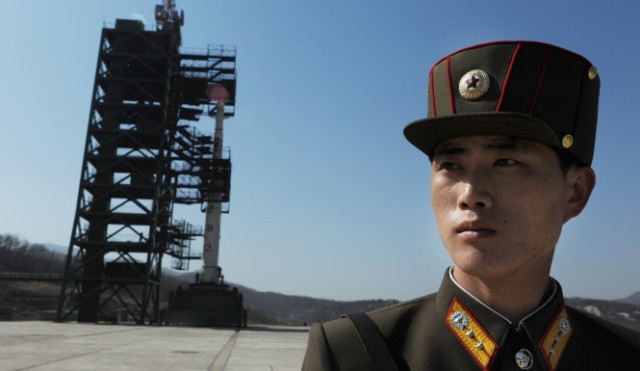
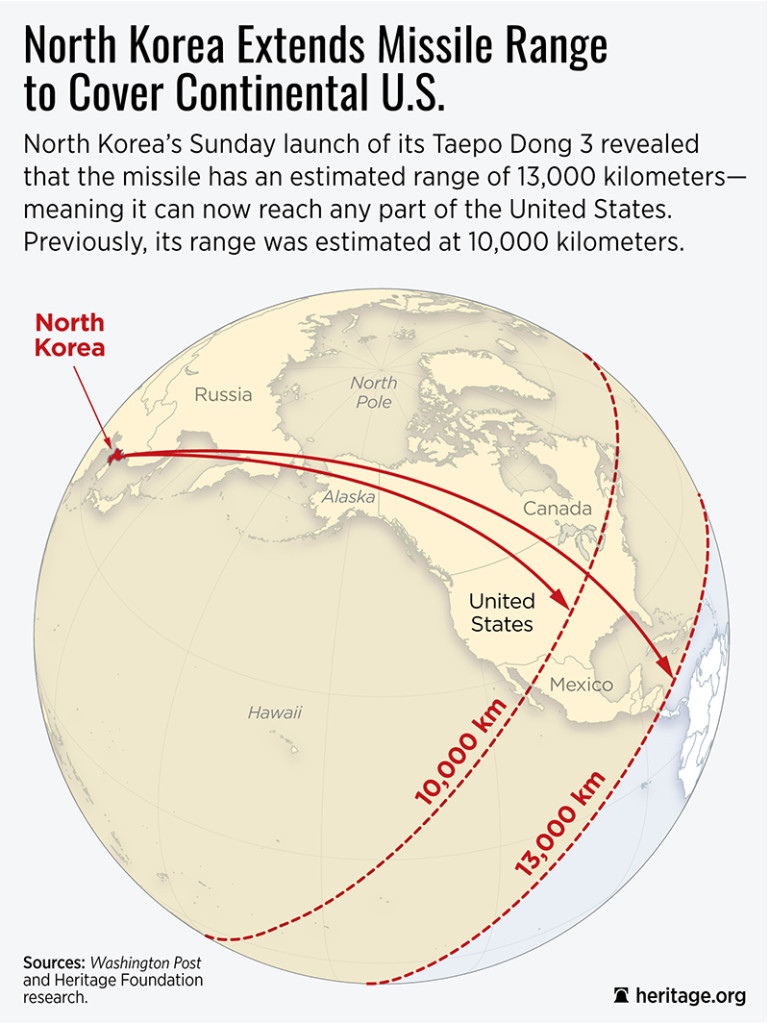

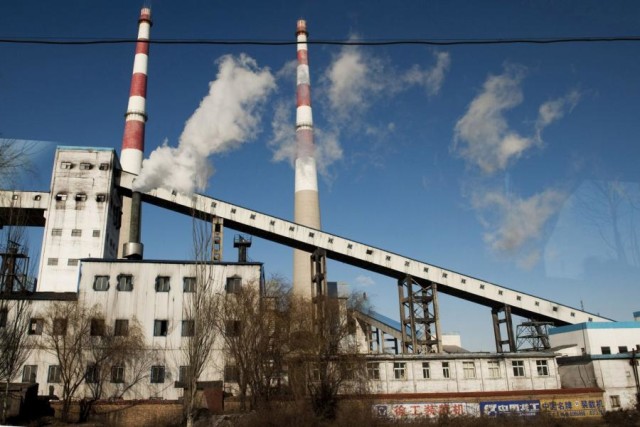


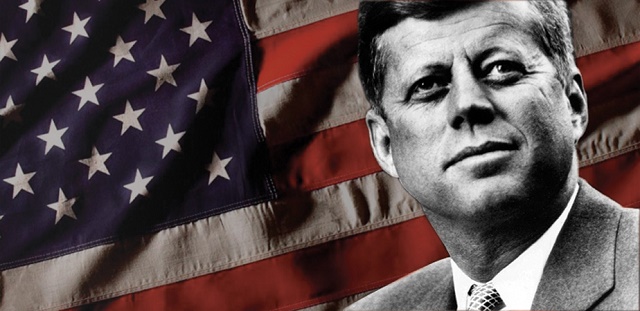
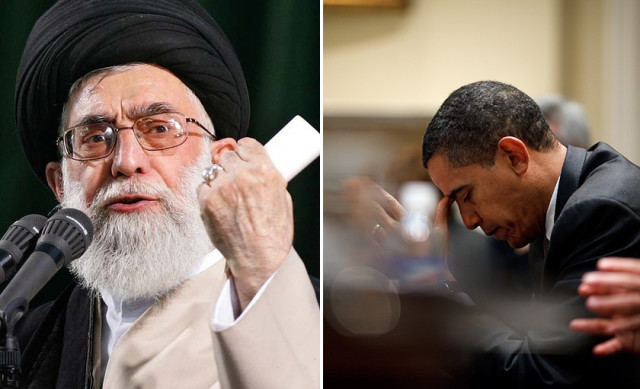
 The following were important takeaways from the August 9th Lisa Benson Radio Show:
The following were important takeaways from the August 9th Lisa Benson Radio Show:
